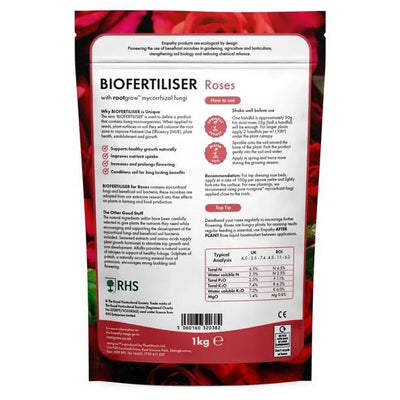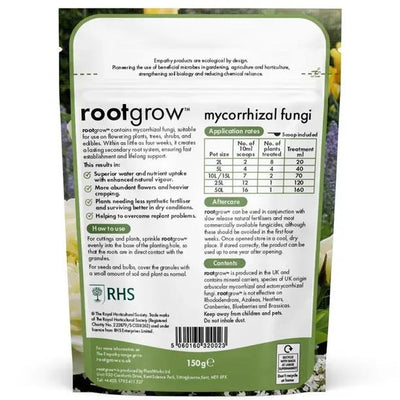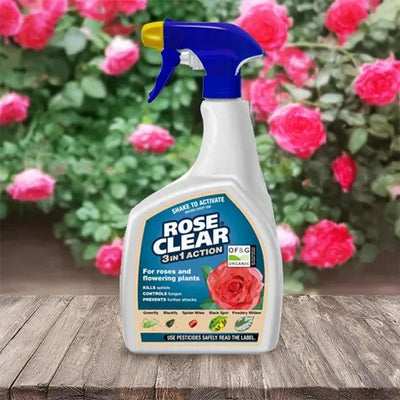Canary Bird Rose Bushes
Canary Bird is one of the earliest roses to flower, bringing a cascade of buttery yellow, musk-scented single blooms to the late spring garden when it's one of the main attractions for pollinating insects.The flowers are carried on long, arching red barked stems which are an attraction in themselves. This is both a strong grower and a graceful shrub, well clothed in dark green, fern-like leaves. It's described as not being repeat flowering, but if it's happy, Canary Bird often produces a second flush in September. It also produces dark red/maroon hips which it holds well into winter. Browse our full range of roses for sale here.
This is a big rose however, often reaching 8-9ft (3m) and as much across, so it needs a bit of elbow room. If you have the space this is definitely a candidate for any rose garden. Lovely, very early flowers, heavenly scent, disease resistant and after more than 100 years, still a holder of an RHS Award of Garden Merit.
Great for your garden
Canary Bird does best in full sun which helps improve both its flowering and scent, but as it does much of its growing early in the year, this should be relatively easy to find. It can cope with semi-shade after it has flowered. Remember its size when planning where it'll go; given 3-4 years it'll be a big thing. Don't be put off by its only flowering once - it has beautiful shape and foliage and makes a great host for a smaller clematis which effectively extends its flowering season. Finally, if you have the space, Canary Bird makes a wonderful informal (and totally impenetrable) hedge or barrier.
Rosa Canary Bird facts
- Type: Shrub rose
- Colour: Yellow
- Flower shape: Small and single
- Fragrance strength: Strong, aromatic
- Final height and spread: 8ft x 8ft
- Flowering season: May
- Repeat Flowering: Sometimes in September
- Disease resistance: Excellent
History & Trivia
A native of central china, Rosa xanthina is often called the Manchu Rose.








 Secure, One-Tap Checkout
Secure, One-Tap Checkout
 Hand Picked, Delivered to Your Door!
Hand Picked, Delivered to Your Door! 1 Year Bareroot Guarantee
1 Year Bareroot Guarantee












